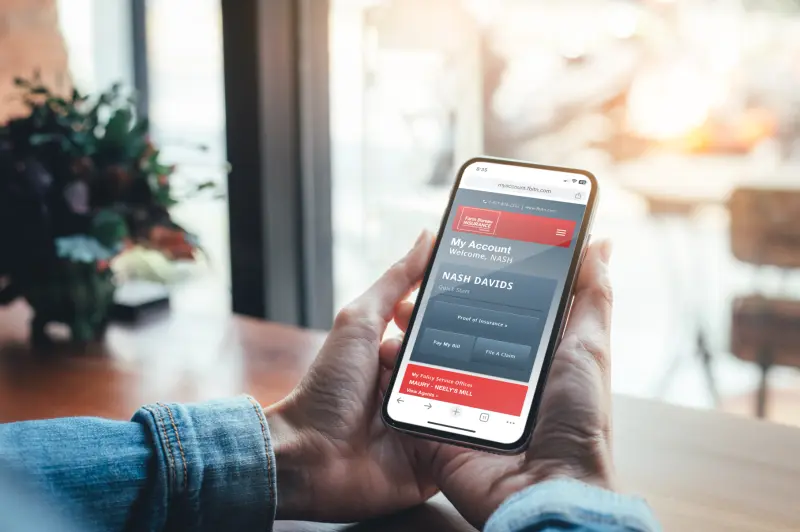Newsroom
Partnerships
Stocks
News
More articles
Ward's 50® Recognizes Tennessee Farmers Life Insurance Company
July 11, 2024
News
Farm Bureau Insurance of Tennessee Shares Results for 2023
March 28, 2024
Stocks

Here for you whenever, wherever you go
Download your proof of insurance, pay bills, file a claim, and manage your policies in one place with My Account.

Here for you whenever, wherever you go
Download your proof of insurance, pay bills, file a claim, and manage your policies in one place with My Account.
LOG INCREATE AN ACCOUNT
